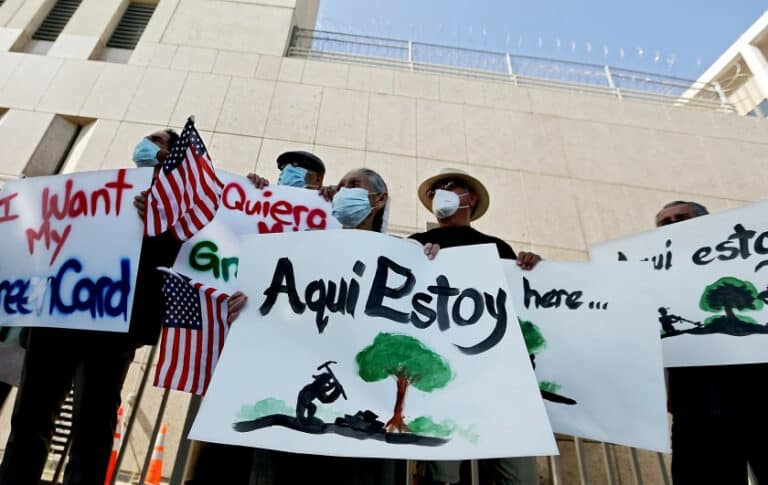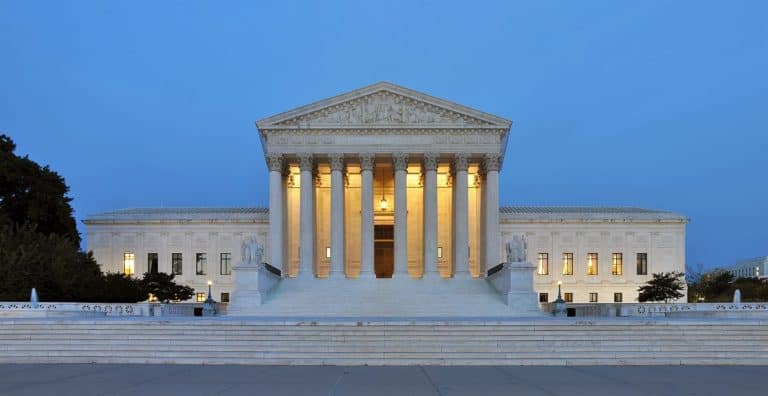The President delivered the State of the Union last night. Among the President’s economic proposals: a renewed call for a higher minimum wage, an initiative to expand paid sick leave and overtime rules, a focus on maternity leave, and a plan to extend two free years of community college to millions of students. The New York Times and LA Times have coverage of the speech; some have already raised questions about the President’s ability to carry out these ambitious plans in the current political climate.
The New York Times Upshot Blog offers its own in-depth analysis of the state of the union. Its conclusion: “while far stronger than when Mr. Obama took office, [it] remains troubled.” In economic news, it notes that while the joblessness rate is the lowest since President Obama took office, the proportion of working Americans remains low (at 59.2%). Furthermore, the increase in job creation has not been matched by a proportional increase in wage growth. Hourly earnings have been rising around 2% a year since 2011, barely exceeding the rate of inflation. It concludes: “This will feel like a full-throated recovery not merely when most Americans who want a job have one; we’re nearly there already. It will be when people feel like hard work will lead to higher pay, and that day has not yet arrived.”
The Upshot Blog also covered Obama’s focus on paid family leave. It notes that the percentage of women in the US labor force is declining, in part because “policies that make it possible for parents to work have not kept pace with changing family structures in the United States, while other countries provide working families with more support.” The President proposed six weeks of paid leave (for federal employees) following the birth of a child. While this wouldn’t come close to the support offered by other developed nations (e.g., Britain: 52 weeks, Italy: 22 weeks, Japan: 14 weeks), it would mark a significant change in policy.
The New York Times published a photo-journalism essay about a young immigrant who benefitted from President Obama’s DACA program, tracking her subsequent enrollment in college and the program’s effects on her and her family.






Daily News & Commentary
Start your day with our roundup of the latest labor developments. See all
June 30
Antidiscrimination scholars question McDonnell Douglas, George Washington University Hospital bargained in bad faith, and NY regulators defend LPA dispensary law.
June 29
In today’s news and commentary, Trump v. CASA restricts nationwide injunctions, a preliminary injunction continues to stop DOL from shutting down Job Corps, and the minimum wage is set to rise in multiple cities and states. On Friday, the Supreme Court held in Trump v. CASA that universal injunctions “likely exceed the equitable authority that […]
June 27
Labor's role in Zohran Mamdani's victory; DHS funding amendment aims to expand guest worker programs; COSELL submission deadline rapidly approaching
June 26
A district judge issues a preliminary injunction blocking agencies from implementing Trump’s executive order eliminating collective bargaining for federal workers; workers organize for the reinstatement of two doctors who were put on administrative leave after union activity; and Lamont vetoes unemployment benefits for striking workers.
June 25
Some circuits show less deference to NLRB; 3d Cir. affirms return to broader concerted activity definition; changes to federal workforce excluded from One Big Beautiful Bill.
June 24
In today’s news and commentary, the DOL proposes new wage and hour rules, Ford warns of EV battery manufacturing trouble, and California reaches an agreement to delay an in-person work mandate for state employees. The Trump Administration’s Department of Labor has advanced a series of proposals to update federal wage and hour rules. First, the […]